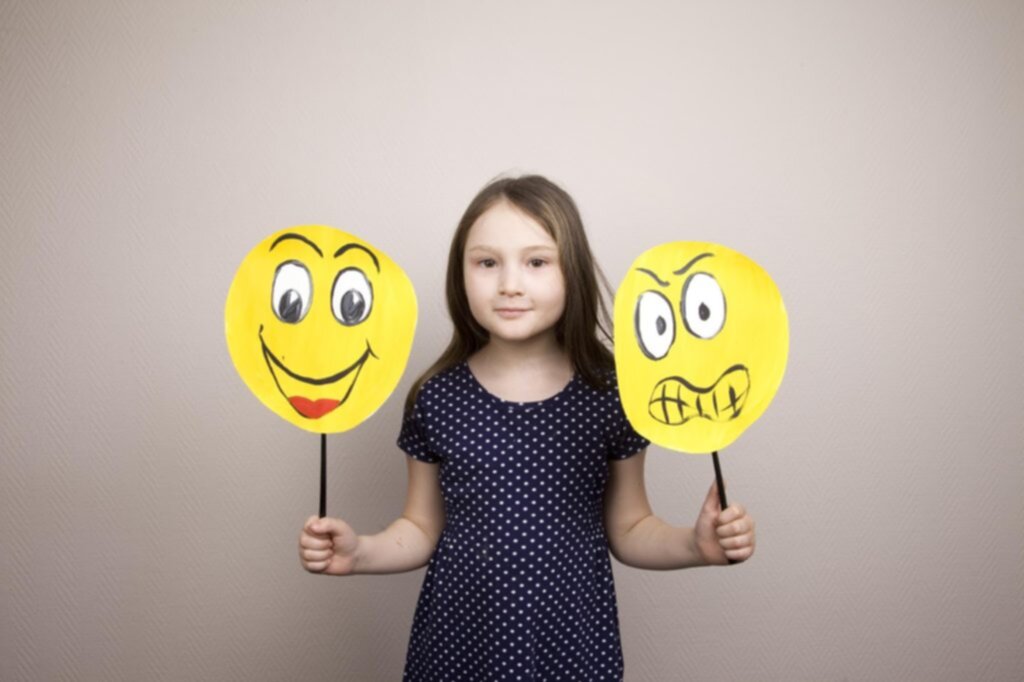
Social and emotional language is important to the health, development, and learning skills of young kids. Children that are happier and know how to express themselves tend to participate in class and have higher academic abilities than their peers (Hyson 2004; Kostelnik et al. 2015). Teachers can promote social and emotional well-being in their students by teaching them the proper language to express themselves. Here are some tips for teaching social and emotional language to young kids.
Behavior Modeling
Young kids learn by observing others and copying or modeling said behaviors. Research has found that young kids learn and enhance their social and emotional skills by watching adults and their peers demonstrating behaviors, both negative and positive. That is why it is so important to set good examples for appropriate, positive behaviors. Some actions that teachers working with young kids can take in order to teach social and emotional language are as follows:
- Use nonverbal gestures to relay messages or give meaning to certain motions.
- Use simple phrases to remind kids about how they should be communicating or behaving.
- Redirect a young kid’s attention so that they remain focused and can decipher certain verbal and non-verbal cues.
Coach Kids In the Moment
Sometimes, young kids need to be coached, in order for them to express themselves socially and emotionally. Bringing certain social and emotional language inadequacy up, at the moment they are occurring, young kids are able to learn how to better express themselves. Teachers can inform students when they are expressing themselves correctly, or incorrectly. Teachers can use positive alternative language and gestures, so that young kids can pick up on these behavioral habits. Make sure that you let kids know that what they have said is “right” or “wrong.” Teaching them the correct way to express themselves socially and emotionally with verbal and non-verbal language can be very easy, especially when you tell them as the behavior or language is being spoken.
Reading & Story Recap
Another fantastic way to teach social and emotional language to young kids is reading and story recapping during a discussion period. Stories allow kids to identify emotions that characters are feeling. It also helps young kids relate to their experiences. It is important that teachers choose high-quality books that feature new social and emotional concepts. Lectura Books offers bilingual books for young kids, which are easy for Hispanic English Language Learners to relate to. During the story recap, teachers can ask open-ended questions that allow young kids to express themselves and practice their social and emotional language.
